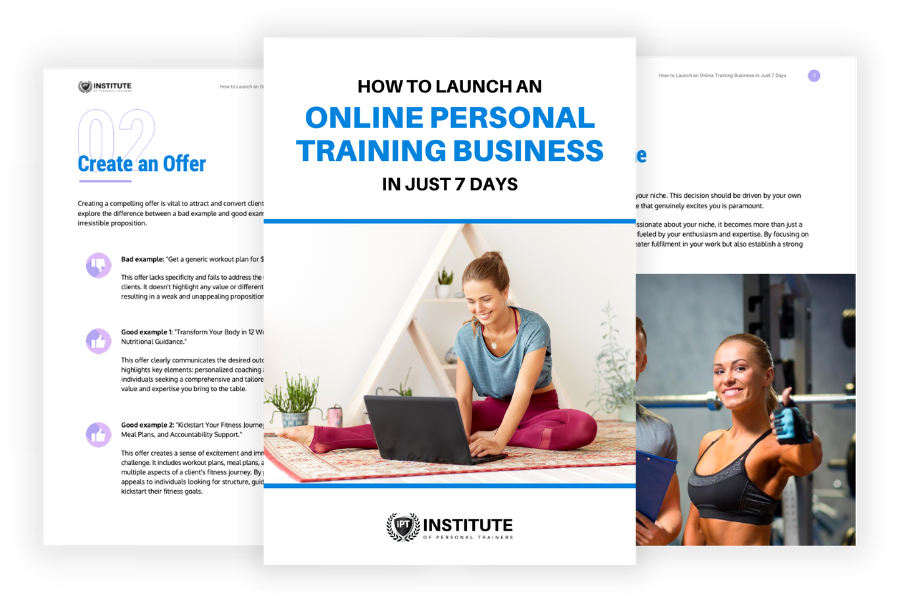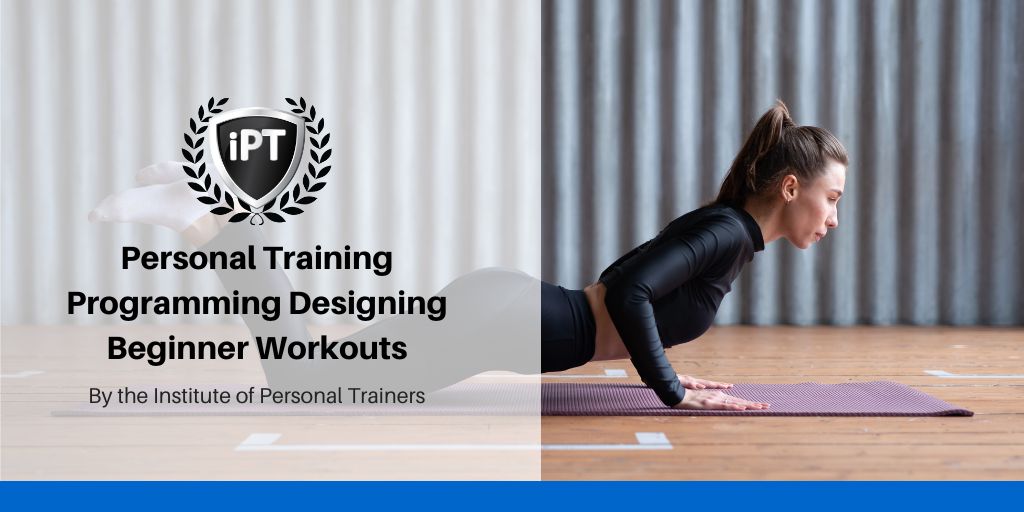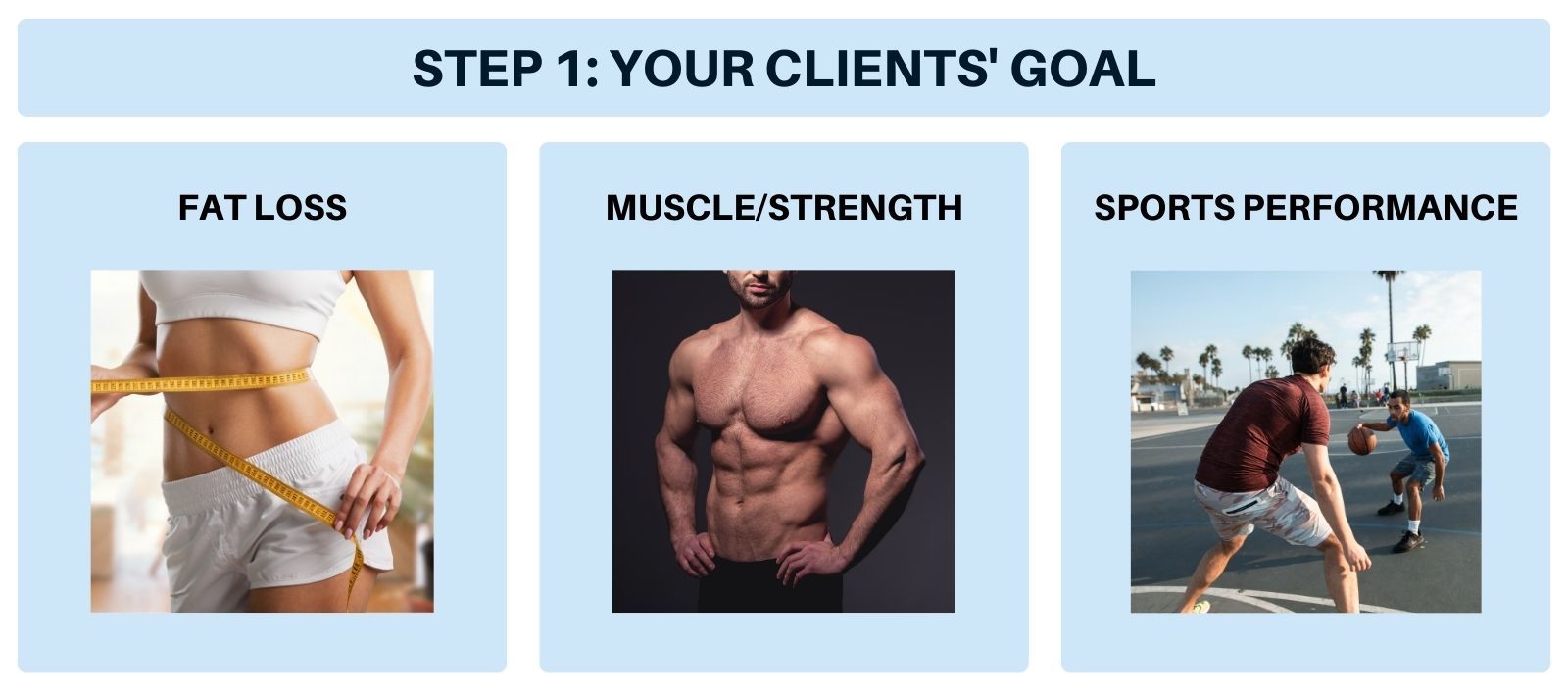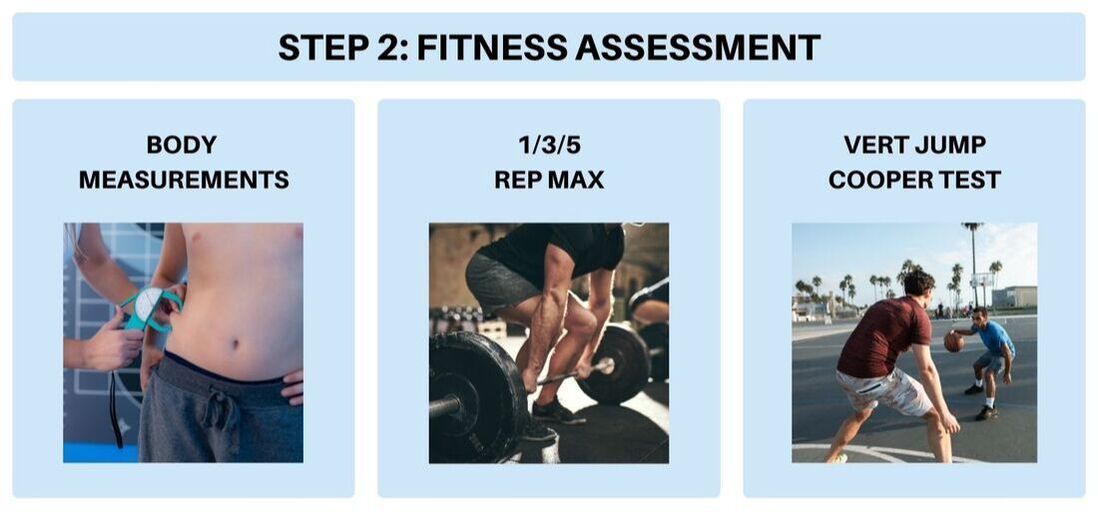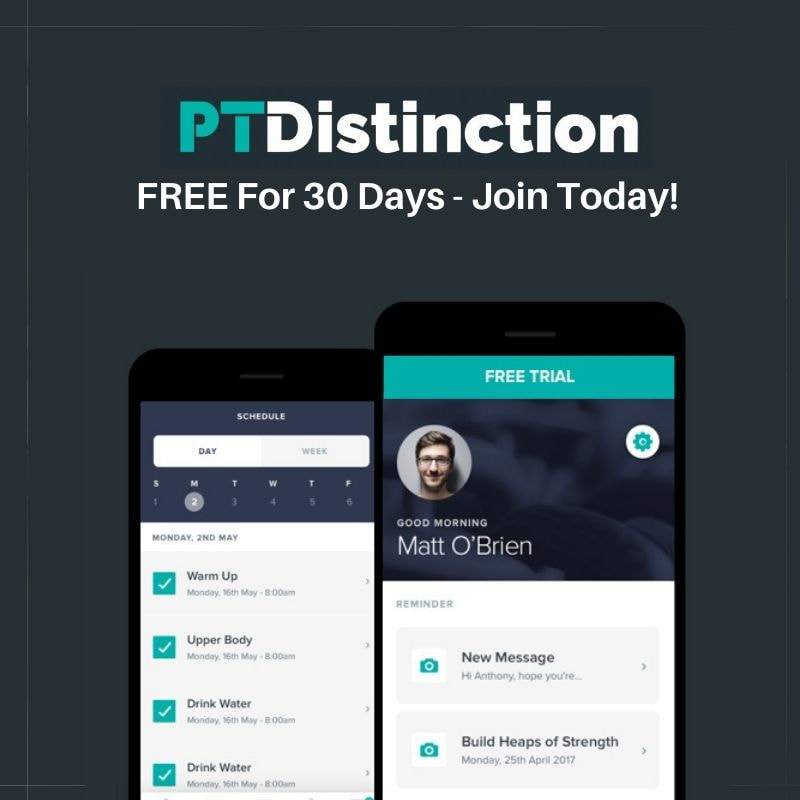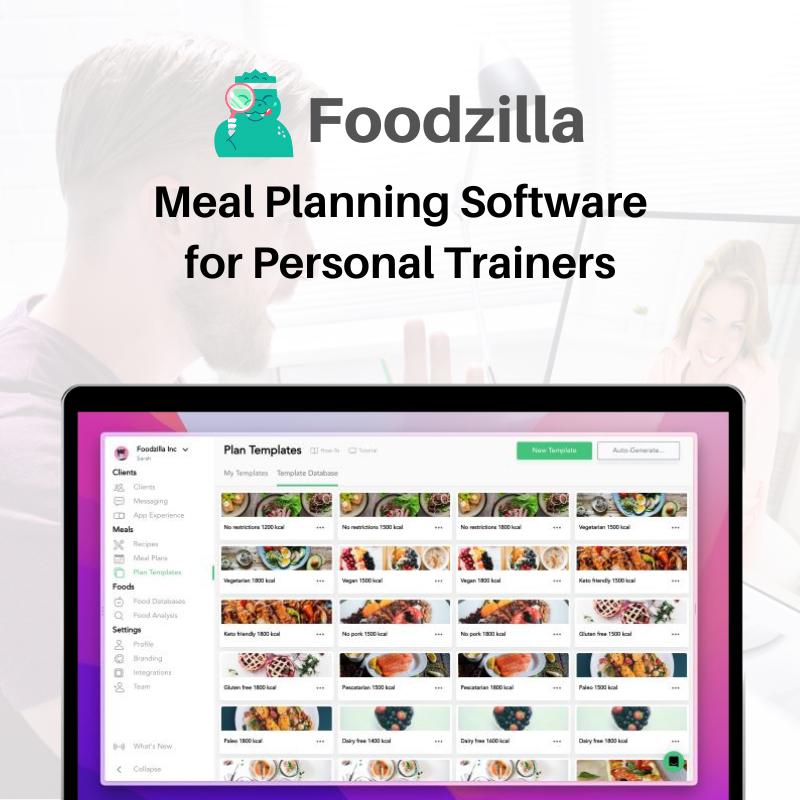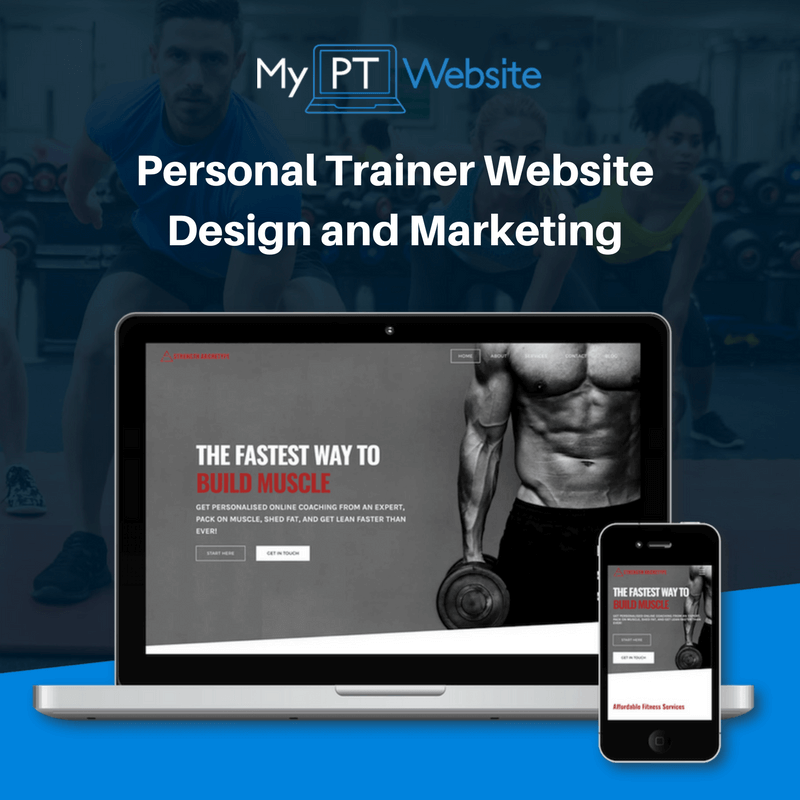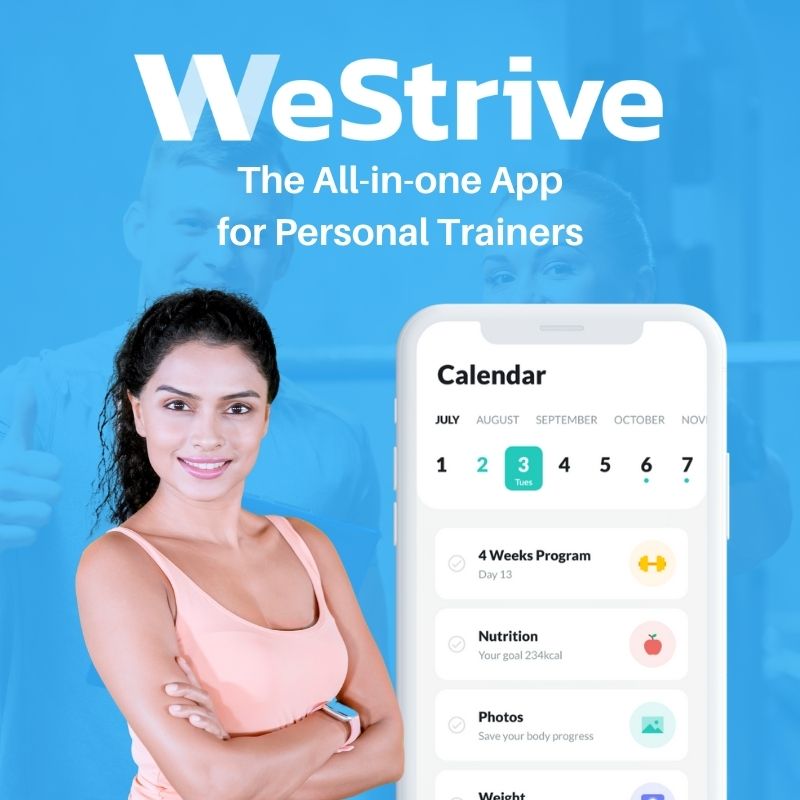|
FREE GUIDE: HOW TO LAUNCH AN ONLINE PERSONAL TRAINING BUSINESS
IN JUST 7 DAYS
✓ The new, better way of launching an online business
✓ The fastest way to create in irresistible offer ✓ A simple system to sell to clients who are interested |
|
As a personal trainer, one of the most rewarding experiences is helping beginners start their fitness journey. But personal training programming beginner workouts can be a challenge. You want to create an effective, safe, and enjoyable program, without risking client boredom. It's essential to strike a balance between pushing your clients to their limits without overwhelming them. That's where this step-by-step guide comes in. In this guide on programming personal training workouts for beginners, we'll take you through designing beginner workouts tailored to your clients' fitness levels and goals. We'll cover everything from assessing your clients' fitness levels to choosing exercises and creating a workout plan. Whether you're a seasoned personal trainer or just starting, this guide will help you create effective and engaging workouts that will keep your clients returning for more. So, let's get started! 1. Asses Your Clients' Needs and Goals The first step in your personal training program design is understanding your client's needs and goals. This will help you create a program tailored to their specific needs and keep them motivated. You can start by having a conversation with your client to understand what they hope to achieve through their fitness journey. Ask them about their exercise history and current schedule, past injuries or health concerns, and what exercise they enjoy. You'll generally find that their goal fits in to one of these three categories: Once you clearly understand your client's needs and goals, you can design a workout program that will meet those needs. For example, if your client's goal is to lose weight, you may want to focus on cardio exercises to help them burn calories. If their goal is to build muscle, you should incorporate more resistance training into their workout program. It's important to remember that every client is unique, and their workout program should reflect that. Listen to your client's feedback and adjust the program as needed. 2. Assessing Your Clients' Fitness Levels Before designing a workout program for your client, consider assessing their fitness level. This will help you determine what exercises are appropriate for them and how to progress their workout program. There are a variety of ways to assess your client's fitness level. One of the most common methods is performing a series of physical tests, such as a push-up or squat test. You can also use equipment such as a heart rate monitor or a body fat analyzer to establish their baseline. Once you have some data, you can design a workout program appropriate for their fitness level. It's essential to start with exercises that are easy for your client to perform and gradually progress to more challenging movements as their fitness level improves. 3. Designing The Personal Training Program When designing a workout program for beginners, there are some basic principles and guidelines to remember. First, understand that every client that comes to you likely has a different experience in the world of fitness. Some will be confident, but other will be worries, anxious and apprehensive about what's to come. That's where the next steps come in. 3a. Choose a Rep Range Here's a breakdown of how to select the best rep range for different client goals: When aiming to enhance strength and power, focus on a lower rep range of 1-6 repetitions. This approach is ideal for exercises like heavy squats, deadlifts, and bench presses. To promote muscle growth and hypertrophy, opt for a moderate rep range of 8-12 repetitions. This range works well for exercises like bicep curls, shoulder presses, and leg presses. For clients seeking to improve muscular endurance without significant muscle mass gain, a higher rep range of 12-20 repetitions is recommended. This range is commonly utilized in activities such as circuit training, bodyweight exercises, and high-intensity interval training (HIIT). 3b. Choose Primary Exercises For clients aiming to build strength and power, prioritize compound movements such as squats, deadlifts, and bench presses. These exercises engage multiple muscle groups and promote overall strength gains. STEP 3b: CHOOSE PRIMARY EXERCISES
To promote muscle growth (hypertrophy), focus on exercises that target specific muscle groups. Examples include bicep curls, shoulder presses, and leg presses. Choose exercises that effectively stimulate the muscles your client wants to develop. For clients seeking endurance, incorporate full-body exercises that engage multiple muscle groups. Circuit training, bodyweight exercises, and high-intensity interval training (HIIT) can be effective. These exercises improve muscular endurance and promote a toned appearance without excessive muscle mass gain. 3c. Choose Secondary Exercises For clients focused on building strength and power, select exercises that complement primary compound movements. Examples include lunges, pull-ups, and overhead presses. These exercises engage additional muscle groups and enhance overall strength and power. STEP 3b: CHOOSE SECONDARY EXERCISES
To promote muscle growth (hypertrophy), incorporate exercises that target the same muscle groups as the primary exercises, but with variations or from different angles. This could involve exercises like incline dumbbell presses, cable flyes, or seated lateral raises. These exercises provide additional stimulation and promote muscle development. For clients aiming for endurance, include secondary exercises that complement the full-body nature of their primary exercises. Focus on exercises like planks, mountain climbers, or kettlebell swings that challenge multiple muscle groups and enhance overall endurance. 3d. Choose a Cardio Option For clients focused on building strength, power and muscle growth, they'll need very little cardio, if any, depending on where they're at in their program with you. Some lighter intensity cardio may be recommended to improve recovery. STEP 3d: CHOOSE SECONDARY EXERCISES
For clients with fat loss or sports specific goals, cardio may take up a significant portion of the session and should be programmed in specifically for their goal. 4. Create a Warmup While it might make sense to start with the warm up, a warm up should be designed last because it should incorporate the movements you've included in your personal training program. Begin the warm-up with 5-10 minutes of cardiovascular exercise to elevate heart rate and increase blood flow. This can include activities like brisk walking, light jogging, or cycling. Next, incorporate dynamic stretching exercises that target the major muscle groups involved in the workout. After dynamic stretching, move into specific warm-up sets of the primary exercises. These sets should start with very light weights and gradually increase in intensity to prepare the body for the working weight. Lastly, include any additional mobility exercises or corrective exercises that address specific limitations or imbalances. 5. Creating a Workout Schedule Once you have designed your client's first workout program, repeat the process for the remaining sessions they have with you in the week. Be sure to consider how much work they may be doing without you as well as proper rest and recovery time so that they can improve and grow between sessions. It's also imperative to track your client's progress over time so you can see the results, adjust their workout program as needed, and keep them motivated. You can track progress by measuring weight, body fat percentage, and strength gains. Safety Considerations and Injury Prevention Safety should always be a top priority when designing a workout program for beginners. Here are some tips to keep in mind:
Motivating and Supporting Your Clients Finally, motivating and supporting your clients throughout their fitness journey is essential. Here are some tips to keep them motivated:
Summing Up Designing beginner workouts can be challenging, but with this step-by-step guide, you can create a program tailored to your clients' fitness level and goals. Remember to start with a warm-up, choose exercises that are easy to perform, and gradually progress to more challenging exercises.
It's also essential to track your client's progress and keep them motivated and supported throughout their fitness journey. By following these tips, you can help your clients achieve their fitness goals and create a workout program that is both effective and enjoyable. |
Our All In One Platform
Check out out all in one business & marketing platform for personal trainers!
WEBSITE BUILDER | FUNNELS |MEMBERSHIPS | SCHEDULING| EMAIL MARKETING| PAYMENTS| CRM | AI ASSISTANT | SURVEYS
Popular Articles
Trusted Partners
We work closely with some of the best service providers in the fitness industry.
Categories
All
|

